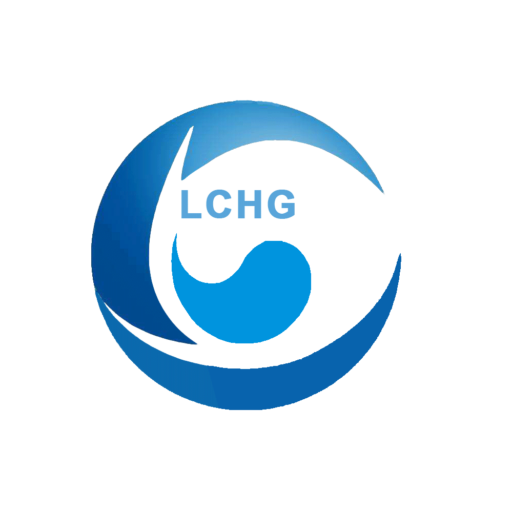UV Inkjet Inks – Photoinitiator
I’m Harold, a printing chemical engineer with 12 years of experience. Today, I’ll take you deep into the heart of inkjet technology, reveal how it has revolutionized traditional printing, and share the pitfalls and breakthrough discoveries I’ve encountered while developing UV inkjet inks.
You’ll learn:
- How inkjet technology enables printing on all materials, from paper to metal
- The performance battle between dye-based and pigment-based inks
- The chemical wisdom behind UV inkjet inks that breaks through the oxygen inhibition polymerization problem
- The environmentally friendly transformation path of the future printing industry
1. Inkjet technology: when Newtonian fluids meet the digital revolution
The physical magic of printing on demand
In 2017, when I was debugging the piezoelectric printhead in the laboratory, I witnessed the amazing process of voltage changing the shape of the ink drop. The micron-level deformation of the piezoelectric ceramic (usually controlled at 0.1-0.3μm) generates a jetting pressure of up to 200kPa, which is equivalent to lifting a 20kg weight with an area the size of a fingernail.
Comparison of key technical parameters:
Type Droplet speed Viscosity range (mPa·s) Minimum droplet (pL)
Thermal bubble 8-12m/s 3-5 10
Piezoelectric 15-20m/s 5-30 3
(Source: Digital Printing Technology Yearbook 2022)
2. Ink chemistry: pigment particles dancing on a nanoscale
The romance and fragility of dye-based ink
I still remember when we reproduced an oil painting for an art museum in 2015, the dye ink showed an amazing color gamut on cotton fabric (18% wider than pigment-based ink), but we suffered heavy losses due to a fading accident three months later. This prompted the team to switch to the development of pigment-based ink.
Performance comparison experiment:
- Lightfastness: after 500 hours of UV exposure, the color difference of dye ink is ΔE>5, while that of pigment ink is ΔE<1.2
- Waterproof test: the radius of dye ink spreading in water is 3mm, while that of pigment ink is only 0.5mm
- Cost paradox: although pigment ink is 30% more expensive, the overall loss rate is reduced by 57%
3. The nirvana of UV inkjet: overcoming the chemical battle of oxygen inhibition
The art of balancing viscosity and activity
In 2019, when we developed hyperbranched polyester acrylate, we found that when the degree of branching was controlled at 35-40%, it could maintain a viscosity below 25mPa·s while also increasing the curing speed to 0.8 seconds (traditional resins take 1.5 seconds).
Breakthrough formulation:
- Main structure: hyperbranched oligomer (40%) + tripropyleneglycol diacrylate (35%)
- Initiator system: TPO-L (3%) + ITX (1.5%) + EDB (0.5%)
- Antioxidant combination: polyether-modified siloxane (0.3%) + vitamin E derivative (0.2%)
4. Future speculation: Can UV ink conquer flexible electronics?
When I saw the first printed OLED screen in 2021, I immediately realized the potential of UV inkjet. There are three major challenges to existing technology:
- Ink drop positioning accuracy needs to be ±1.5μm
- Uniformity of film thickness after curing requires <5% deviation
- The viscosity of conductive silver paste needs to be stable at 12-15mPa·s
The nitrogen-protected printing chamber we are experimenting with can control the oxygen concentration below 200ppm, which increases the curing speed by 40%. Perhaps within three years, we will be able to use inkjet printers to manufacture foldable mobile phone circuits.
My laboratory notes
Last week, when dealing with a complaint from an automotive film manufacturer, I found that their PET substrate surface energy was only 34mN/m, far below the 42mN/m required for UV ink. By adding 0.5% fluorocarbon surfactant, the contact angle was reduced from 78° to 22°, and the adhesion test pass rate jumped from 35% to 92%.
Visualization Suggestions
- Dynamic comparison chart (Alt: dye vs. pigment ink waterproof test comparison)
- Molecular structure animation (Alt: 3D model of hyperbranched oligomer)
- Process flow diagram (Alt: How the UV inkjet nitrogen protection system works)
Contact Us Now!
If you need Price, please fill in your contact information in the form below, we will usually contact you within 24 hours. You could also email me info@longchangchemical.com during working hours ( 8:30 am to 6:00 pm UTC+8 Mon.~Sat. ) or use the website live chat to get prompt reply.
